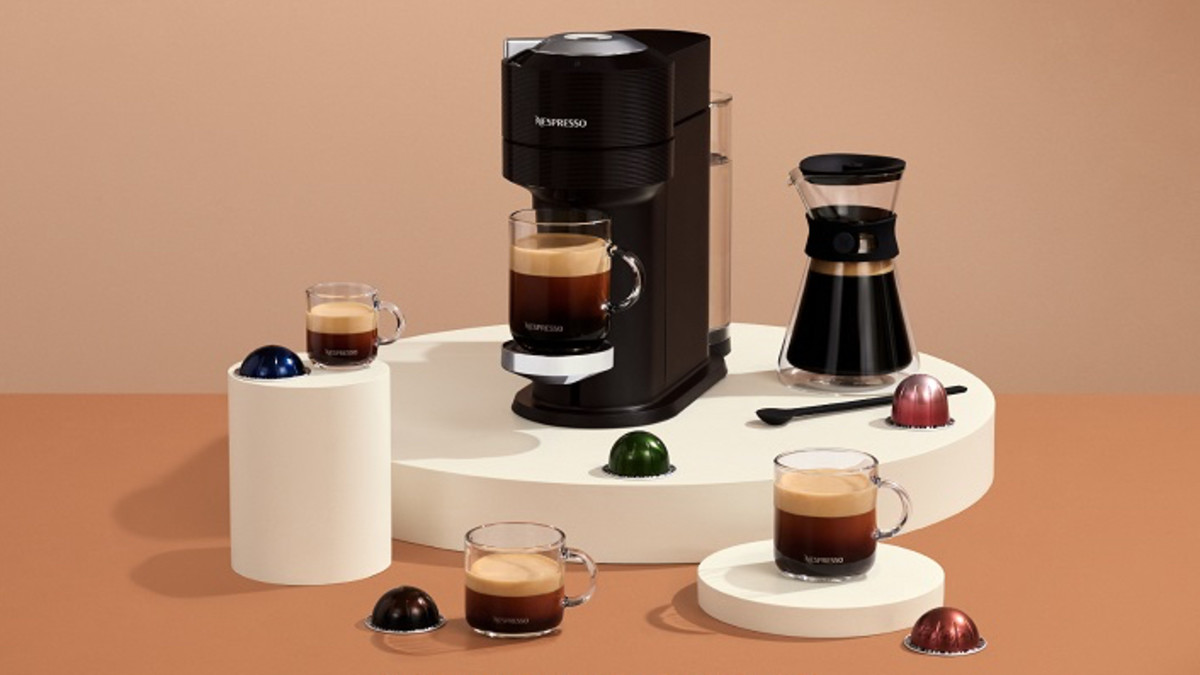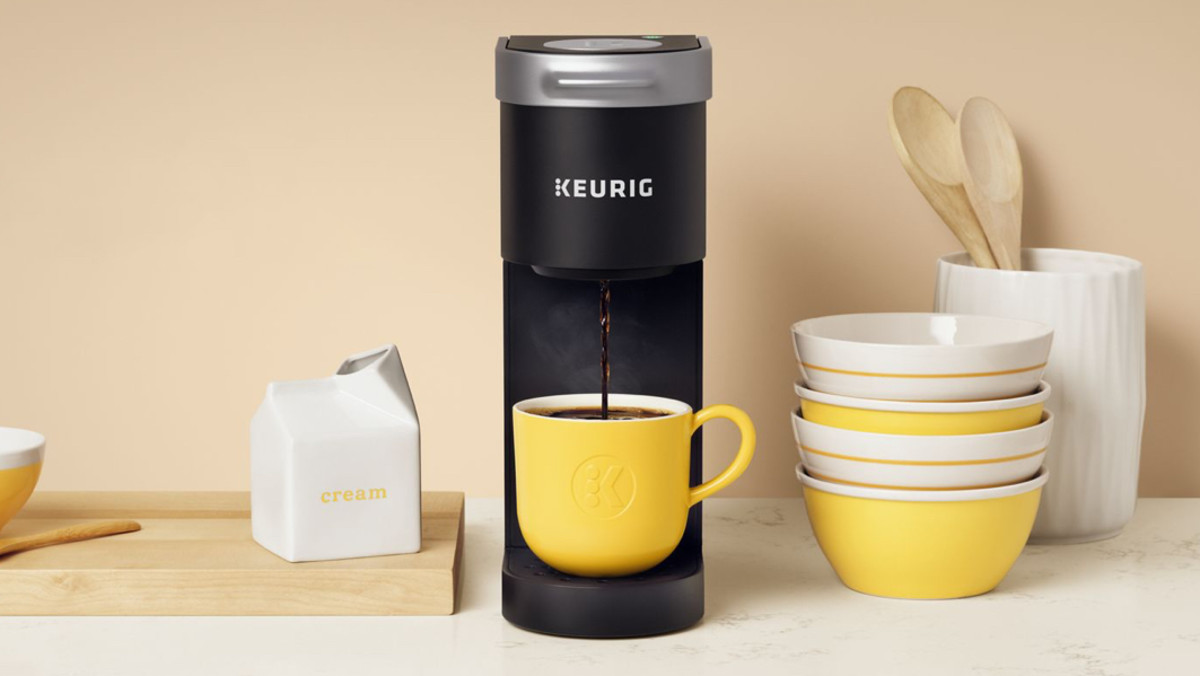
If you're like many millions of Americans, you start each and every day with a cup of warm (or iced) coffee.
It's a ritual many of us have come to look forward to. Some even joke they look forward to their cup of coffee for the following morning when they go to bed each night.
Related: KitchenAid unveils new luxury appliance coffee drinkers will love
And while many of us might venture out for a cup of joe each morning – be it at Starbucks (SBUX) , Dunkin, or a specialty shop, most of us who work from home probably make it from the comfort of our kitchens.
The advent of at-home coffee makers, like appliances from Keurig (KDP) and Nespresso, make brewing almost anything easier, from eight ounce cup of black coffee straight up to a vanilla espresso of professional cafe quality.
But a lot of times, this process can feel wasteful or, for those concerned about chemicals, even harmful.
Nespresso and Keurig face a problem
Nespresso famously uses aluminum pods for everything from a simple shot of espresso to a large Vertuo specialty drink. The pods are recyclable, though Nespresso prefers its customers collect all their pods at once in a bag and send them back in to be processed and re-used, rather than placing them in their recycling bin.
This is because the process of recycling can be a little complicated; used pods still contain grounds of coffee in them that most processing plants wouldn't accept as recyclable. And uptake hasn't exactly been phenomenal. It's estimated that just 36% of Nespresso drinkers actually participate in the recycling program.
Keurig, on the other hand, mostly produces plastic pods – or K-cups as they're commonly called.

For those concerned about super heating a plastic pod and running near-boiling water through it every morning, this isn't the most ideal solution. Most K-cups purport to be free of BPA, a potentially harmful substance especially to kids and pregnant women, but using plastic every day still isn't the most popular option.
And both pods – be they aluminum or plastic – are still creating waste.
But consumers tend to be even more resistant to reusable pods. They're certainly available on the market, usually made out a mix of plastic and metal mesh and open-faced, so a customer can fill the pod with coffee grounds of their choice, but this is a cumbersome process. And the whole point of an at-home coffee maker is to make the coffee making process easier, not more complex.
Keurig, Nespresso launch solution
So both Nespresso and Keurig have now announced that they plan to start producing paper- and plant-based pods, respectively. The pods will still be single-use and be just as easy to use as the traditional aluminum and plastic ones, but the new material will break down easier and therefore create less waste.
The pods won't require specialized recycling processes; since they're paper based, they'll be completely compostable, meaning they break down easier and create less landfill.
Keurig first announced it would transition to plant-based K-rounds in March, and Nespresso plans to debut its new paper pods during Milan Design Week, which runs from April 16-21. The pods will be compatible with Nespresso's Original models, however they will not work with the newer Vertuo models.
The Keurig K-rounds will require new coffee brewing machines, and are not compatible with the appliances that take plastic pods.







